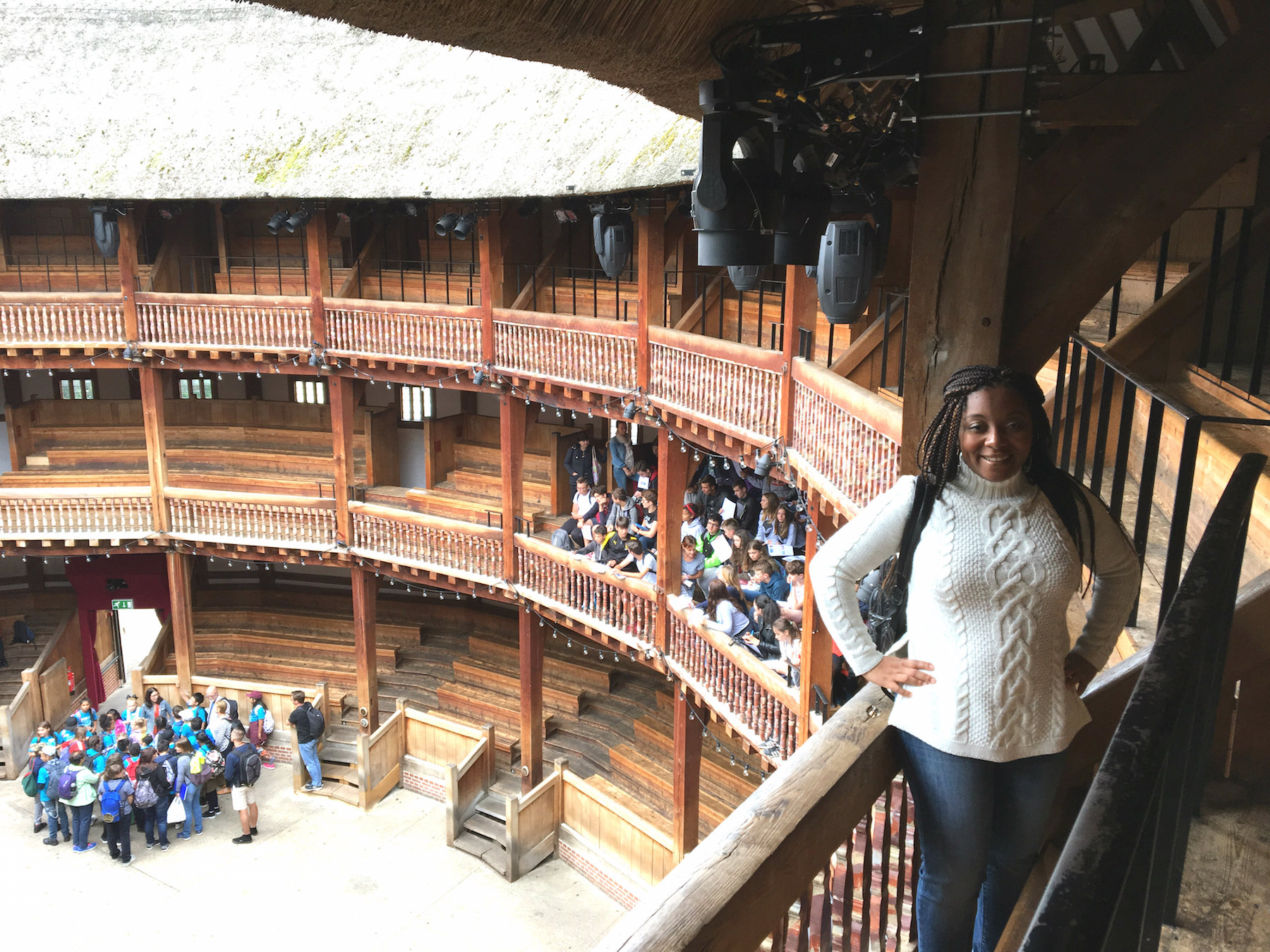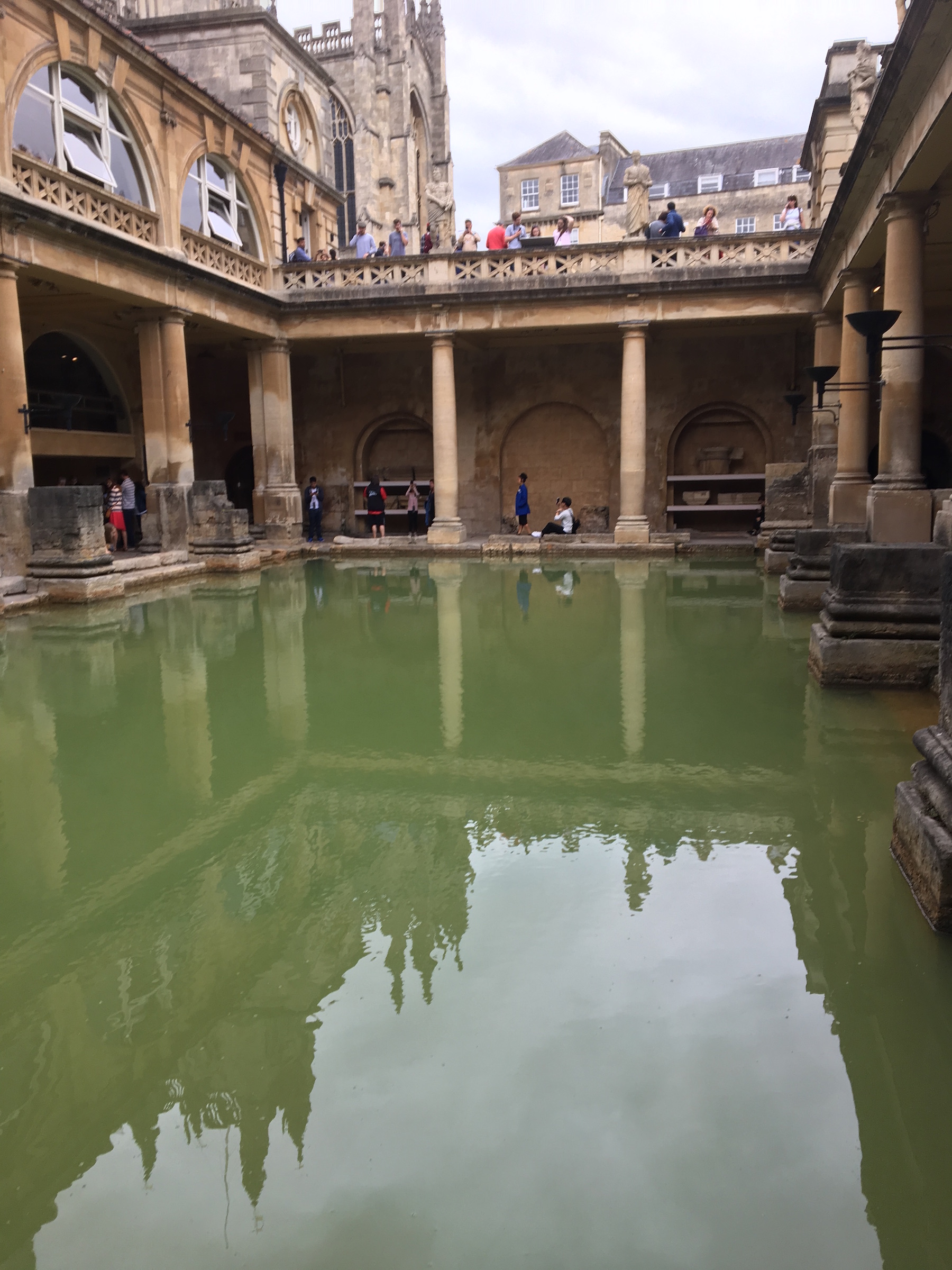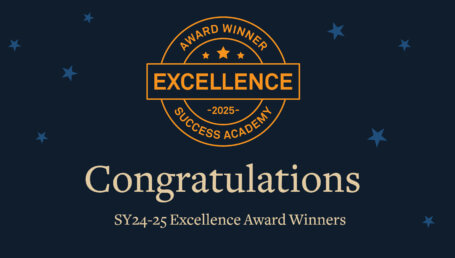
This summer, I took my first trip to Europe — but it was so much more significant than simply touring beautiful cities. As a world history teacher at Success Academy, I’ve spent my career dedicating myself to making sure history comes alive for my students. History at Success is all about active engagement and using a rich variety of texts and techniques; we don’t just talk about the events that brought America into World War I, but become Senators for the day — tasked with debating and deciding if we should launch the country into such a momentous conflict.
Still, I’d never before been out of the country. I could describe, imagine, and read with my students about Shakespeare’s incredible historical influence — and I could do this in captivating and insightful ways — but I couldn’t infuse my lessons with firsthand perspectives of what it might have felt like to watch a play at the Globe Theater.
All of that changed this summer, when I experienced a “beyond Z” professional development opportunity; Success sent me to the prestigious Gilder Lehrman Teaching Seminar at Oxford University. The seminar was an incredible chance to bolster my skills and spark new ideas for the fall, but I didn’t stop there. I wasn’t about to let a single moment pass without immersing myself in the historical landscape surrounding me so that I could bring a new perspective back to my classroom.
Scholars need to be equipped with a robust understanding of historical themes, so that they can contextualize their own experiences in the modern world. History also offers a body of common knowledge that scholars will need to draw on in college and throughout life, so I view it as essential that I invest my scholars in learning the subject. But I want them to have fun in the process! I suspected that it could only help my objectives to collect stories while in Europe, which would serve as catalysts for engaging teaching and learning back in the classroom. So, I designed a travel itinerary based on lesson plans. My students also couldn’t resist sharing their ideas and requests for places they wanted me to visit!
The result was a “time-travel” whirlwind, taking me from the ancient Roman baths (people used to swim in that water?) to the sophisticated streets of Paris in the 1800s — when the finally completed Eiffel tower was the tallest building in the world. I went searching for stories and insights that I could draw on in my lessons, and I certainly found them! Here’s just a sampling; I can’t wait to share everything with my scholars — and hear a few of their own stories from overseas — once we’re together in the history classroom.

The hot spring waters of The Roman Baths are the only of their kind in Great Britain. They are architectural and cultural wonders, but whenever I showed pictures of these Baths to my students in the past, they inevitably asked: “Why in the world would the Romans want to bathe in green water?”
Of course, the first question I asked my tour guide was about the water, which is, in fact, very green and unappealing. It turns out that when the Romans used these hot springs, the water would have been a beautiful clear blue — the same color as your community pool. Nowadays, the Baths are exposed to direct sunlight (they used to be covered) and there aren’t any bathers, which creates perfect conditions for a green algae to grow in the still water. While the Baths are routinely drained and cleaned to prevent too much build-up, even after a good cleaning the algae forms rapidly, giving the bath water its characteristic green hue. Mystery solved!

I was truly amazed to see the skills level of The Globe actors as they rehearsed various scenes, even improvising when a bird flew onto stage midway through a monologue! I also saw actors auditioning for a play by learning a choreographed fight scene; it was like watching an intricate dance.
Sitting in the bare wooden stands, I found it so easy to imagine just what it would have been like to enjoy one of Shakespeare’s productions hundreds of years ago. I’ve always known that The Globe, and theater in general, tied closely to the social scene in London — like most everything back in those days. What I didn’t know was the extent that the design of the theater kept social status in mind. The nicest seats in the Globe aren’t even facing the stage, but are actually right above it, so that the less affluent could look up and observe a rich person’s attire and wealth. Shakespeare was not only a crucial literary and historical influence; he was an important cultural figure who brought together people from all classes with his writing. This is a fact I plan to highlight in my classrooms going forward.

I stumbled upon a thrilling experience while visiting Notre Dame Cathedral. I’ve always loved blue hyacinths, because my favorite aunt’s middle name is Hyacinth. Imagine my surprise and curiosity while touring the cathedral when I noticed the word inscribed in multiple places.
I discovered that there is a Greek myth about Apollo and a friend he lost; to ensure the friend did not remain eternally with Hades in the underworld, Apollo turned his friend into a hyacinth that would always be reborn in the spring. The Latin word for hyacinth means rebirth, and so the story is featured in the Cathedral; it was amazing to see my aunt’s name all around this famous icon of Paris, and to gain a deeper understanding of the iconography and inscriptions after a caregiver of the church explained everything to me. No matter how small, the details of our own lives are often perfect gateways into making meaning of the past!










